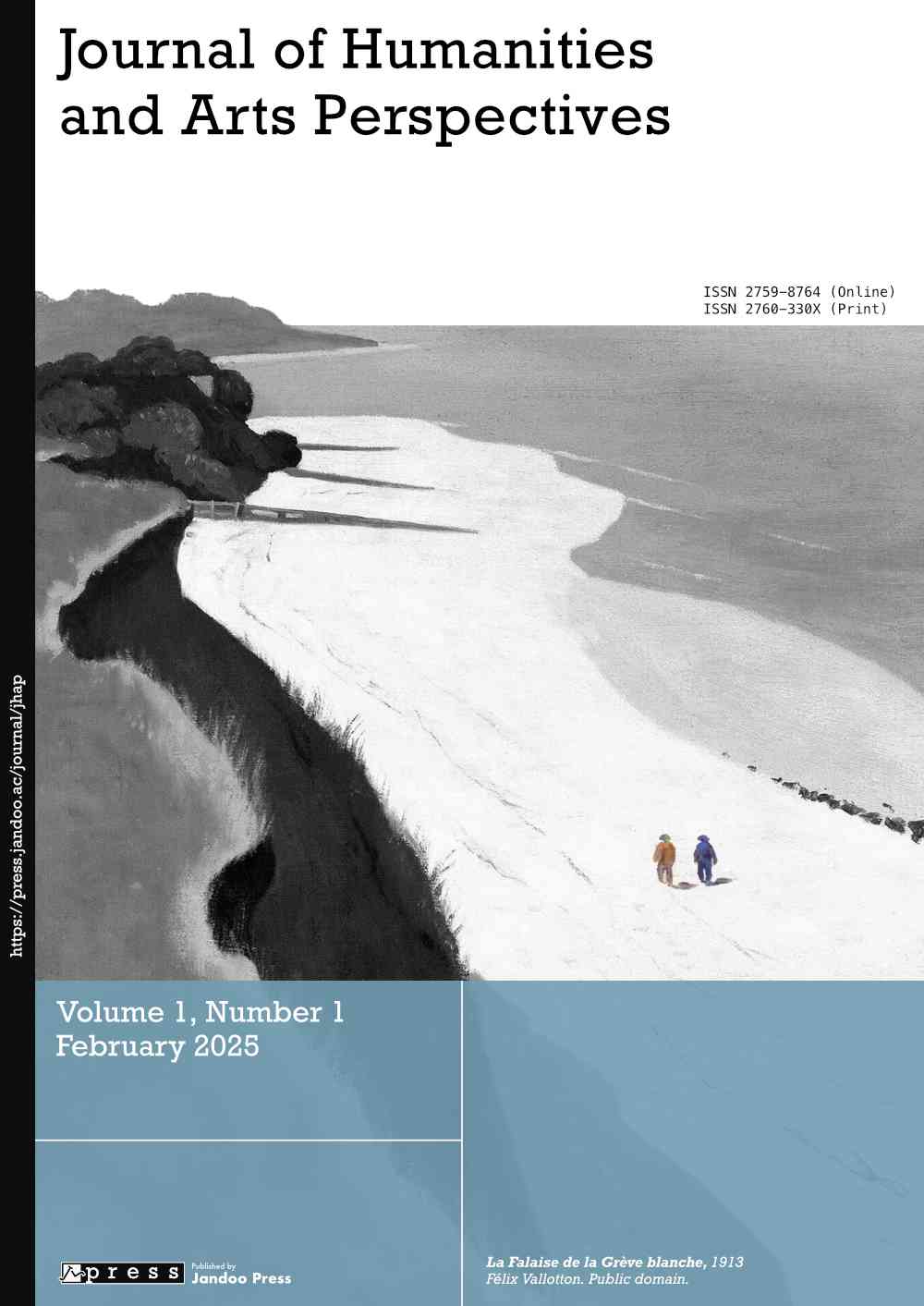The Impact of Intuitive and Ideal Thinking on Modern Dance Improvisation

Abstract
This paper explores how intuitive and ideal thinking influence the practice and pedagogy of modern dance improvisation. Through theoretical analysis and practical case studies, the study highlights the interplay between spontaneous creativity (intuition) and aspirational frameworks (ideal thinking). It also examines the potential of balancing these cognitive modes in cultivating versatile dancers and choreographers. This research contributes to both theoretical understandings and practical methodologies in the field of modern dance.
Keywords
Modern Dance Improvisation, Creativity in Dance, Embodied Cognition, Structured Improvisation, Cognitive Processes in Dance
References
- Csikszentmihalyi, M. (1990). Flow: The Psychology of Optimal Experience. Harper & Row.
- Dewey, J. (1934). Art as Experience. Penguin.
- Kahneman, D. (2011). Thinking, Fast and Slow. Farrar, Straus and Giroux.
- Sheets-Johnstone, M. (1999). The Primacy of Movement. John Benjamins Publishing.
- Schön, D. A. (1983). The Reflective Practitioner: How Professionals Think in Action. Basic Books.
- Foster, S. L. (2002). Reading Dancing: Bodies and Subjects in Contemporary American Dance. University of California Press.
- Forsythe, W. (2008). Improvisation Technologies: A Tool for the Analytical Dance Eye. ZKM Center for Art and Media.